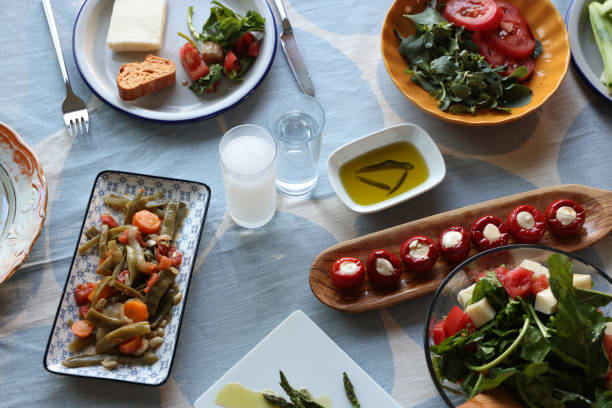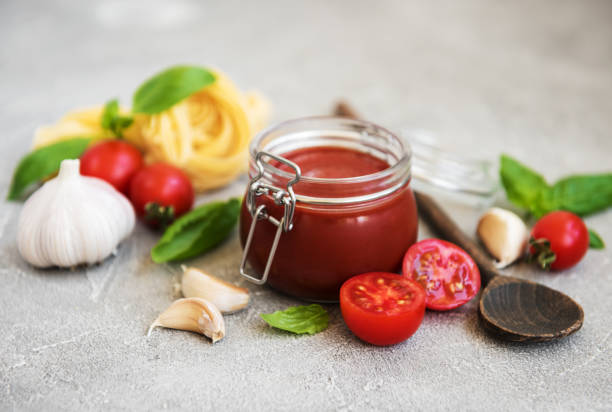It is cold outside, and there’s nothing quite like a hot drink to warm the cockles. In the history of British mixed concoctions, there are arguably more desirable drinks than cold for one simple reason: central heating was not ubiquitous in the UK until the late 20th century. Before that, cold drinks were something of a novelty unless you frequented American bars, which specialized in iced drinks.
Here are five historical warming sips from Britain to see you through the bright lights of the holidays and the dark days of winter.
1. Tom and Jerry
The drink Tom and Jerry was first mentioned in Pierce Egan’s London magazine serial. Wikimedia
Sportswriter Pierce Egan is credited with this precursor to the modern egg nog. It appeared in 1821 in his monthly serial Life in London, or The Day and Night Scenes of Jerry Hawthorn Esq. and his Elegant Friend Corinthian Tom, which was adapted for the stage that same year.
The drink seemed to follow the play’s success as it traversed from London’s West End to New York’s Broadway in 1823. It was recognised as a Christmas classic in 1843 when it was revered in The Symbol and Odd Fellow’s Magazine as a more refined version of “a long concocted beverage”, the Flip. It might seem a bit fiddly to make, but the result is worth the extra effort.
Method: In one bowl, beat the egg whites to a stiff froth. In another bowl, beat the yolks until they are as thin as water.
Mix yolks and whites, and add the rum and spices. Thicken with sugar until the mixture attains the consistency of a light batter.
Among the most popular gin drinks during London’s severe winter of 1822, Gin Twist was immortalized in several poems published in London newspapers. One such verse comprised 149 lines, with each stanza comparing the tipple with other popular drinks at the time, such as this one about rum:
Ye Bailies of Glasgow! Wise men of the West!
Without your rum bowls, you’d look certainly tristes, Yet I laugh when I’m told that liquor so cold Is as good as a foaming hot jug of gin-twist.
It is a remarkably simple drink made with gin, sugar, water, and lemon juice, plus a lemon twist garnish to prove the concoction was made with fresh lemon juice – a true luxury back then. The Gin Twist still offers a superior drink today.
This might seem an odd combination to a modern palate more accustomed to sugary mixers such as cola or tonic water. Still, the blend of porter or stout, gin, and brown sugar or dark treacle makes for a remarkably good winter sip. The Dog’s Nose first emerged in Charles Dickens’s 1836 book The Pickwick Papers.
After that, the potion was frequently mentioned in newspapers and magazines for nearly a century before its popularity waned. Served at Victorian-era room temperature or heated with a loggerhead (a red-hot poker heated in the fireplace), this drink warms both the heart and soul as the wintry snows settle on the ground.
When Ebenezer Scrooge finally came to his senses in Dickens’s 1843 novella A Christmas Carol, he said to Bob Cratchit with a smile:
We will discuss your affairs this very afternoon over a Christmas bowl of smoking bishop, Bob!
There is a bit of mystery to this drink’s origins. While Dickens appears to have added the “smoking” to the name, the English literary critic George Saintsbury hypothesized in his 1920 Notes on a Cellar Book that it was born at Oxford University.
Its earliest mention is in the 1827 edition of Oxford Nightcaps, the first British book devoted to drink recipes. That book calls it a traditional drink and cites its origins in antiquity – and its rich, spicy tones and imported ingredients may have indeed made it a favorite among the elite in late medieval England.




